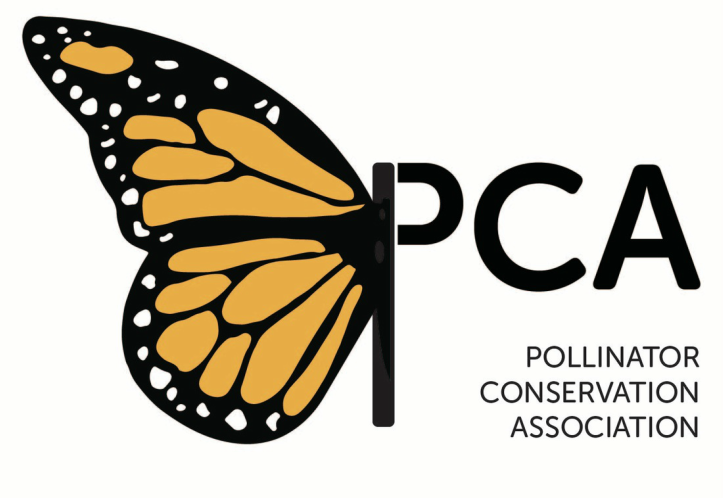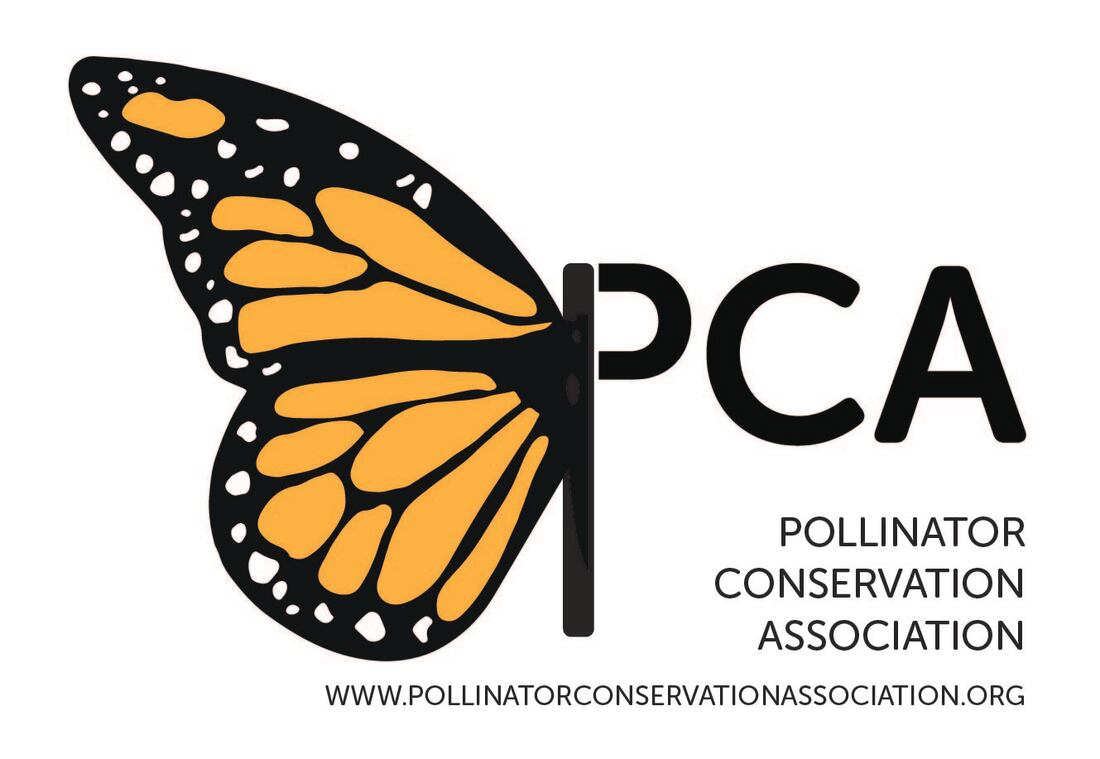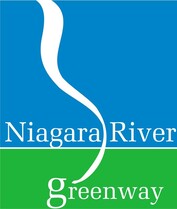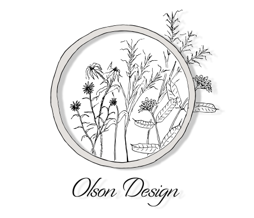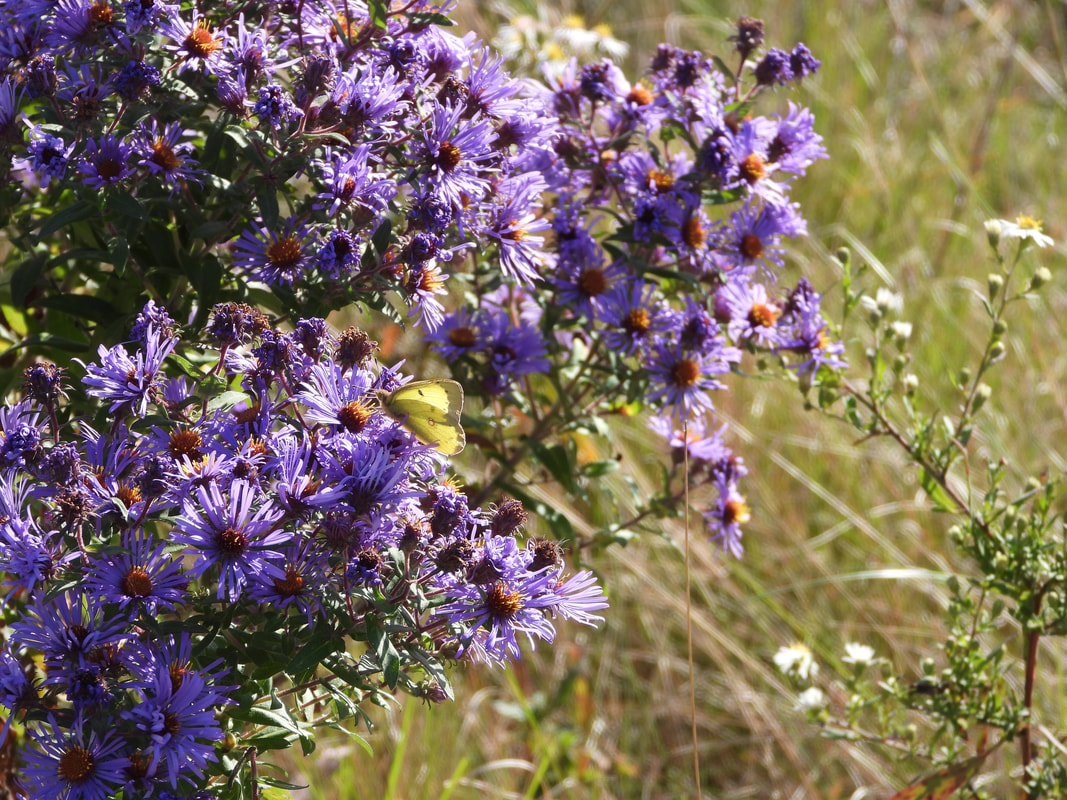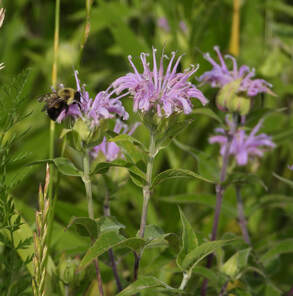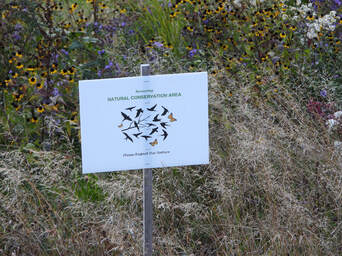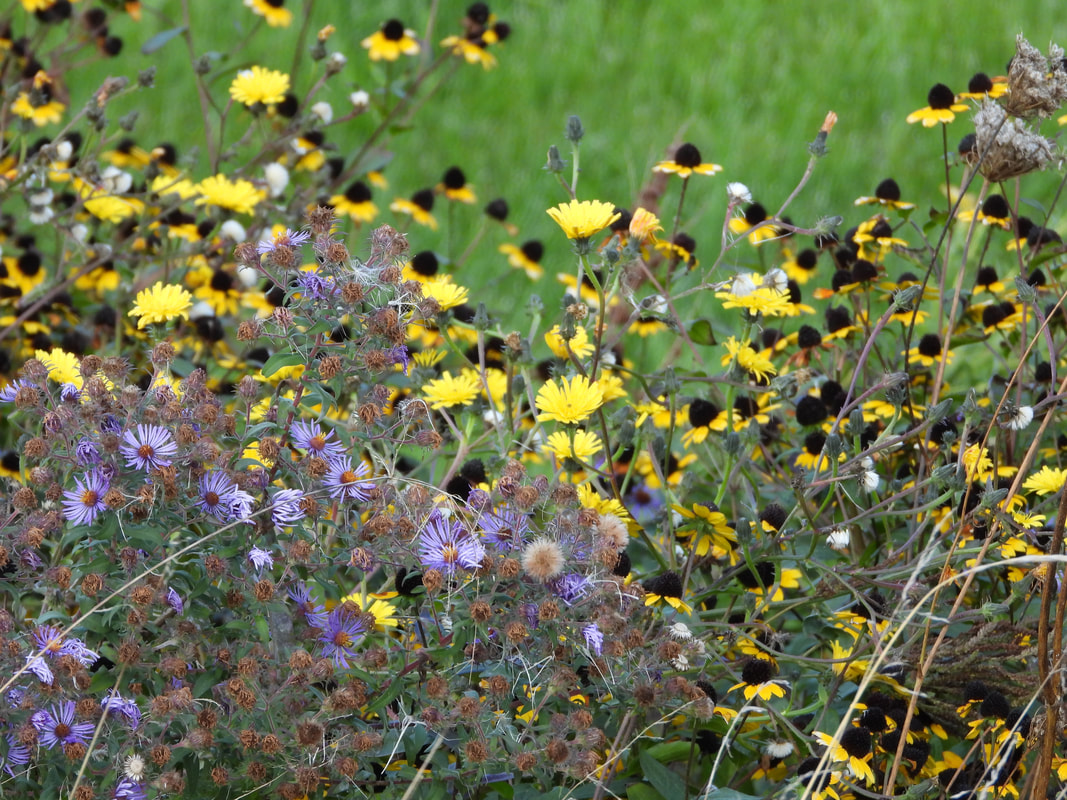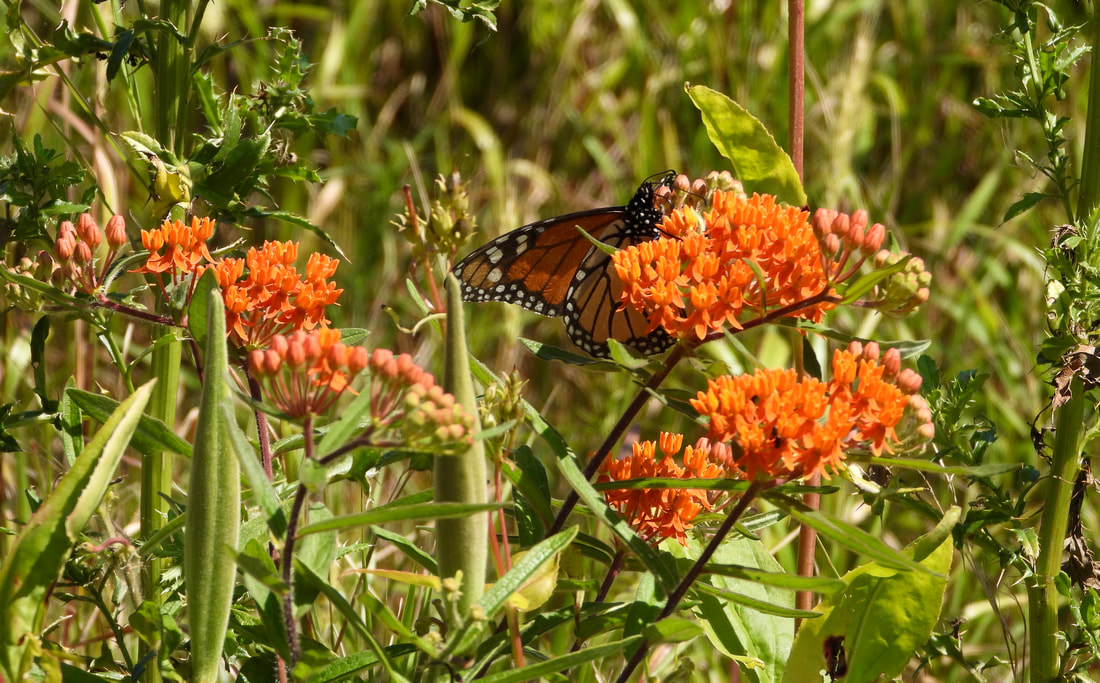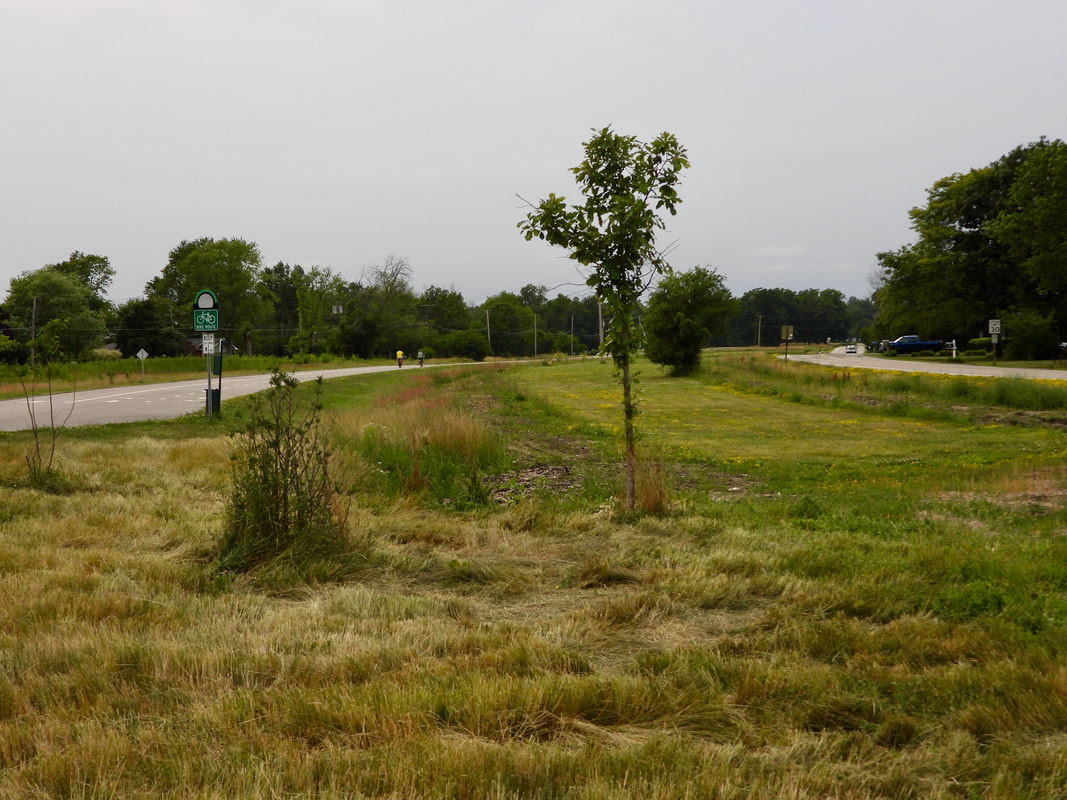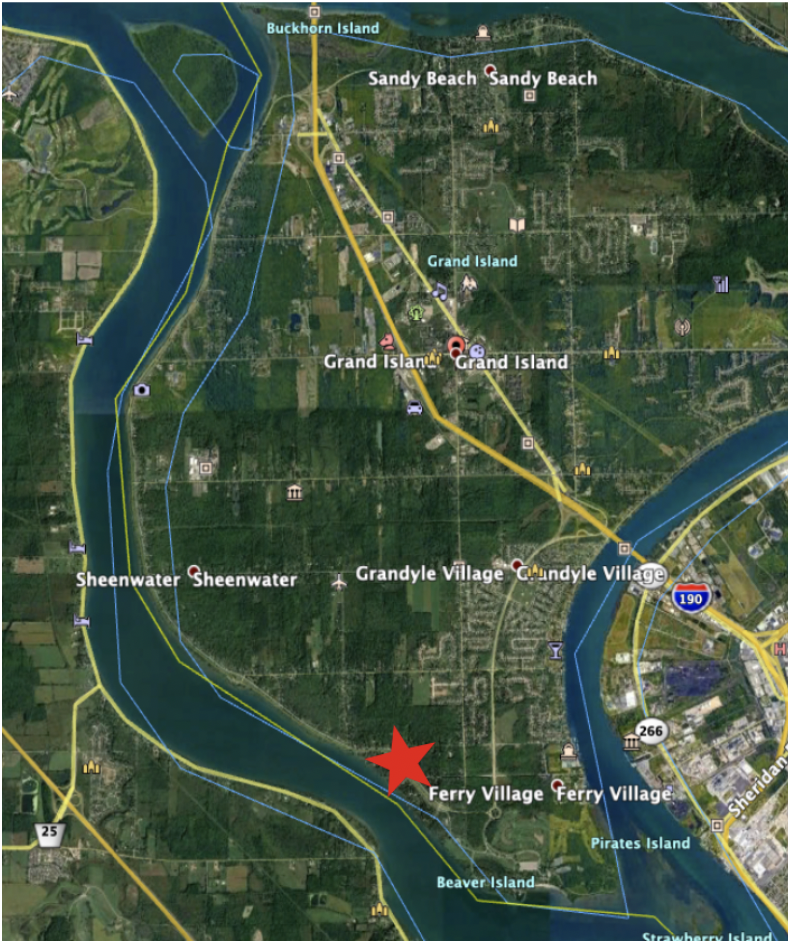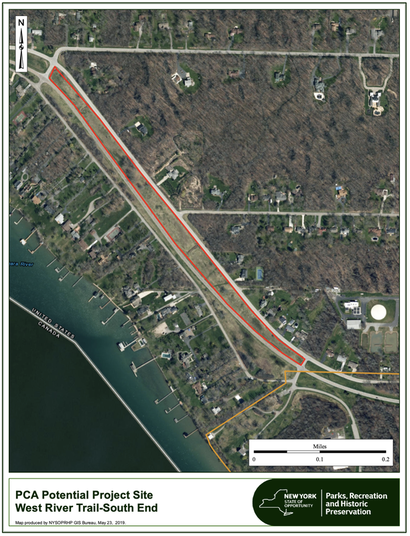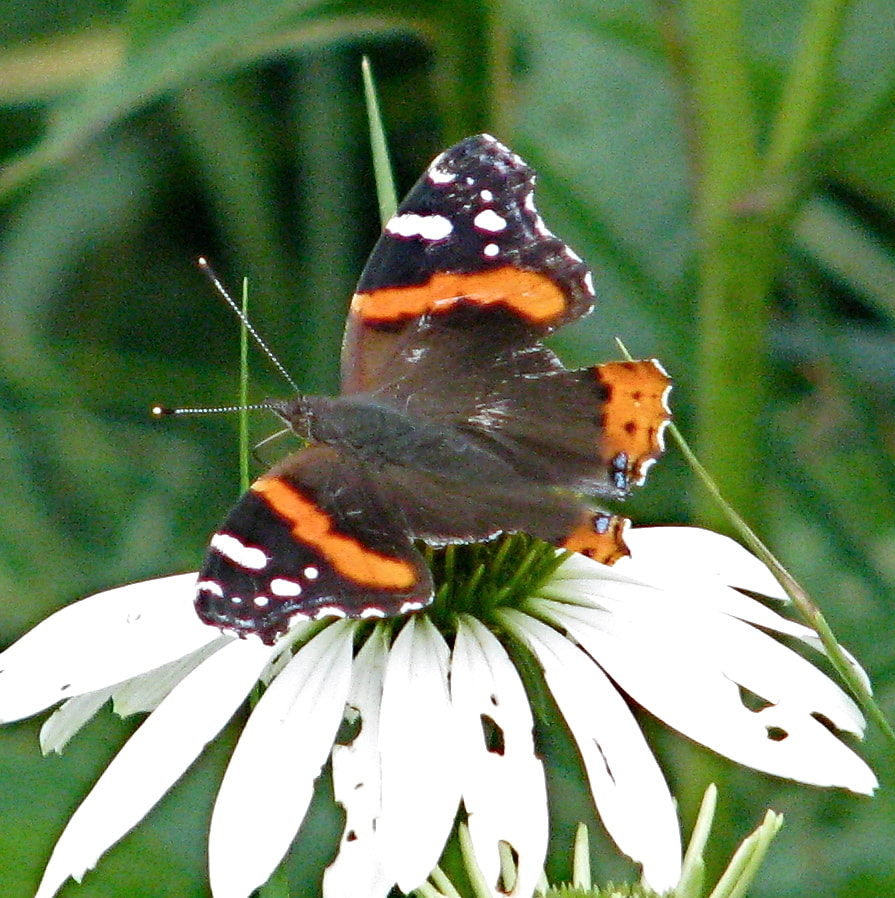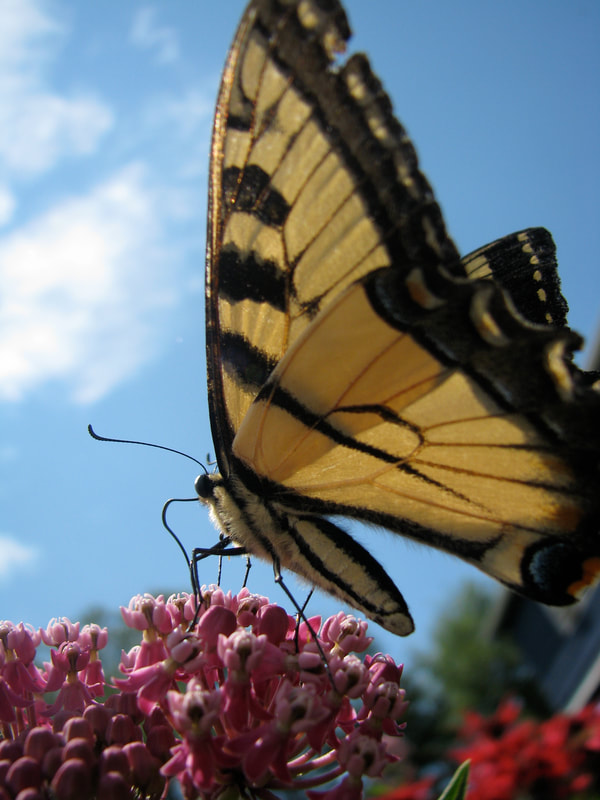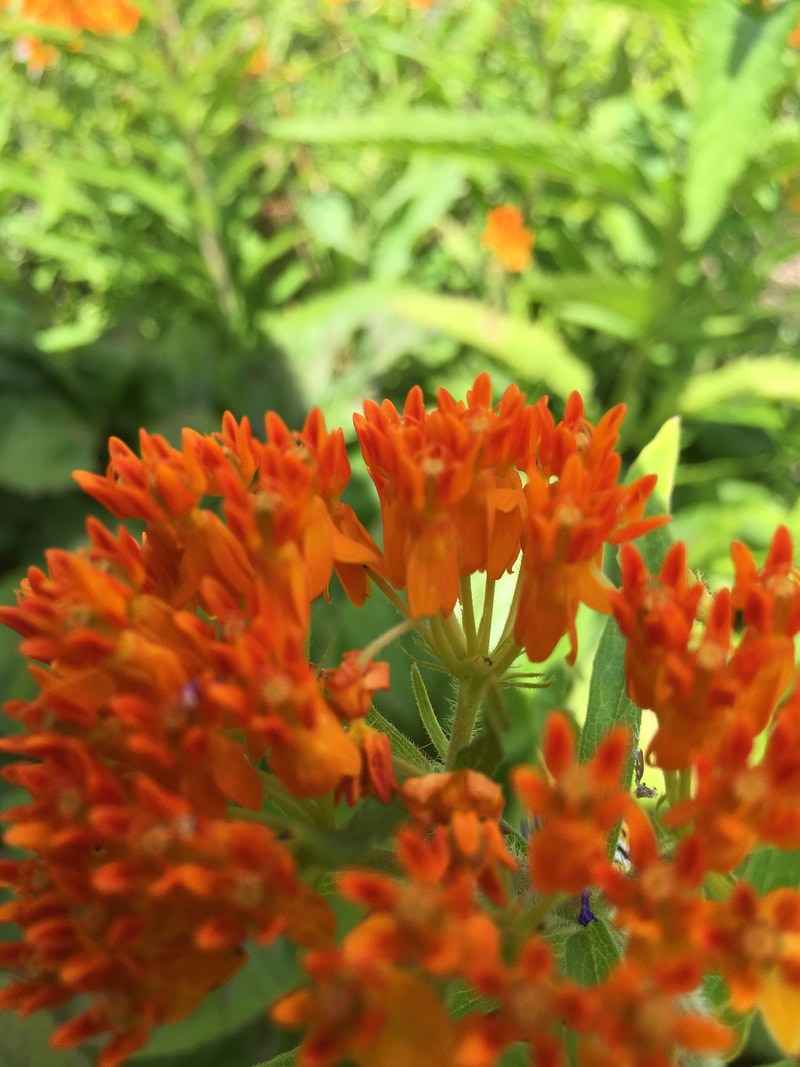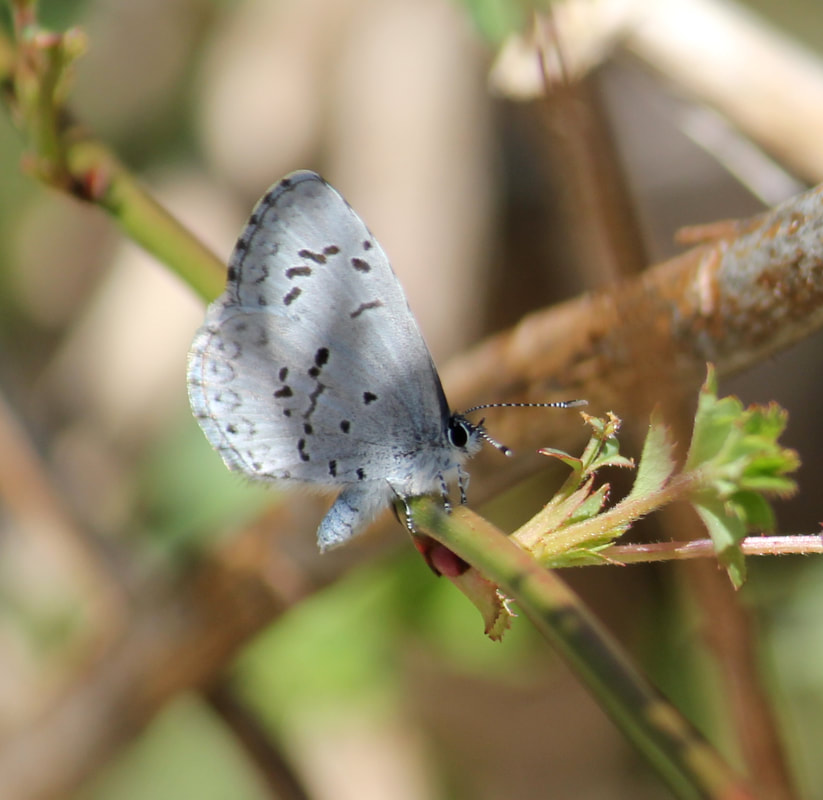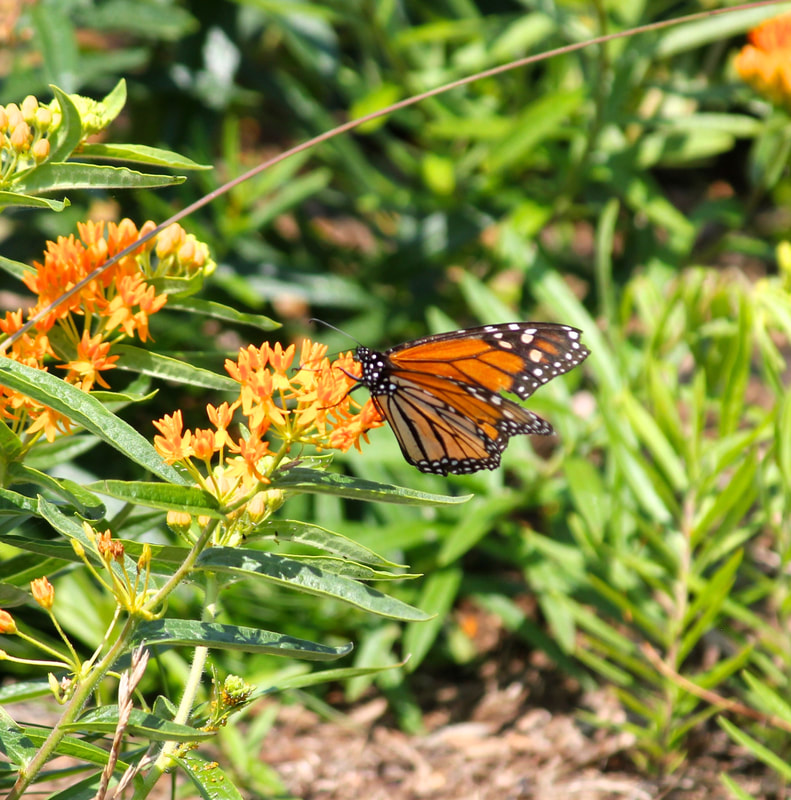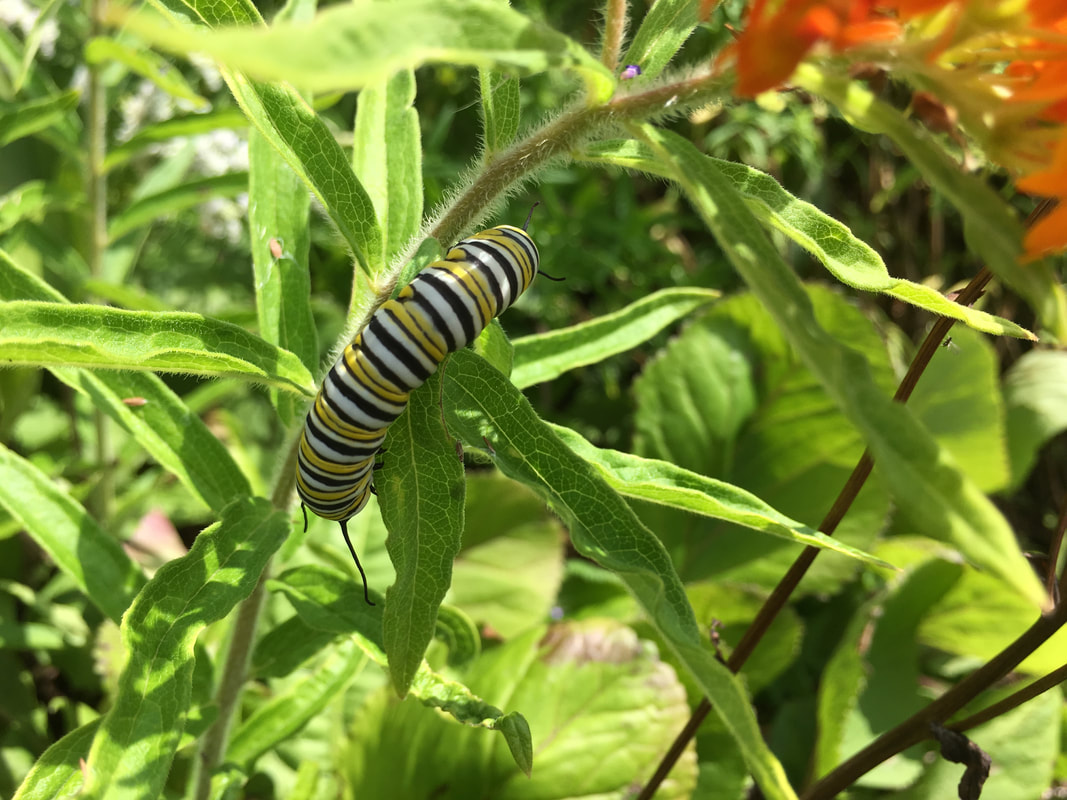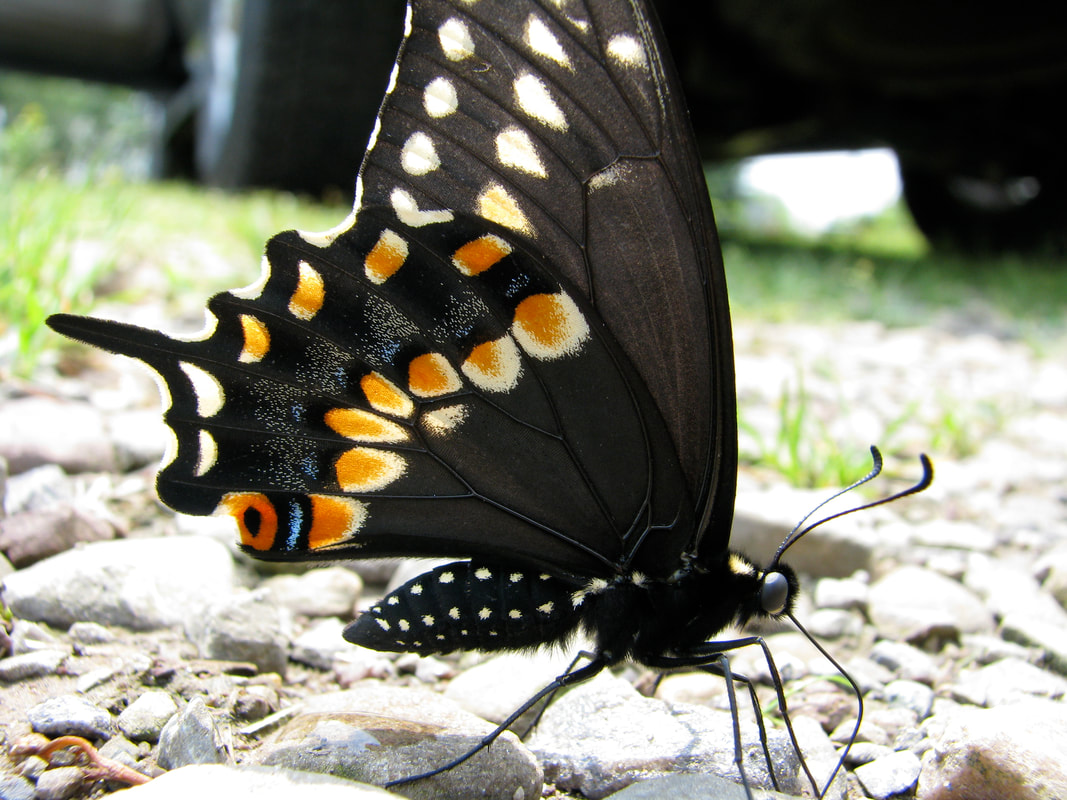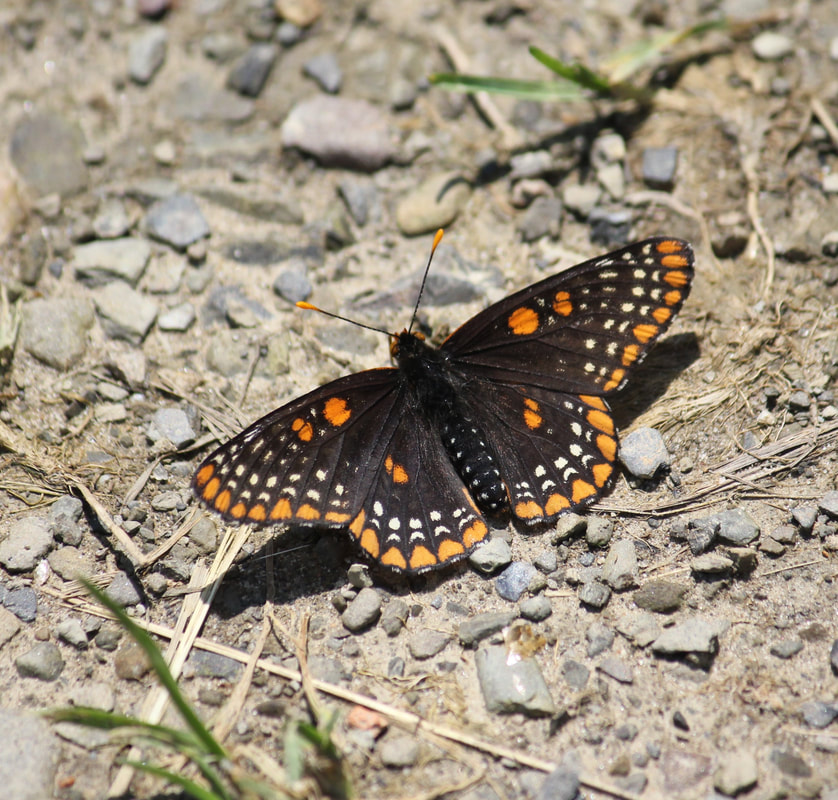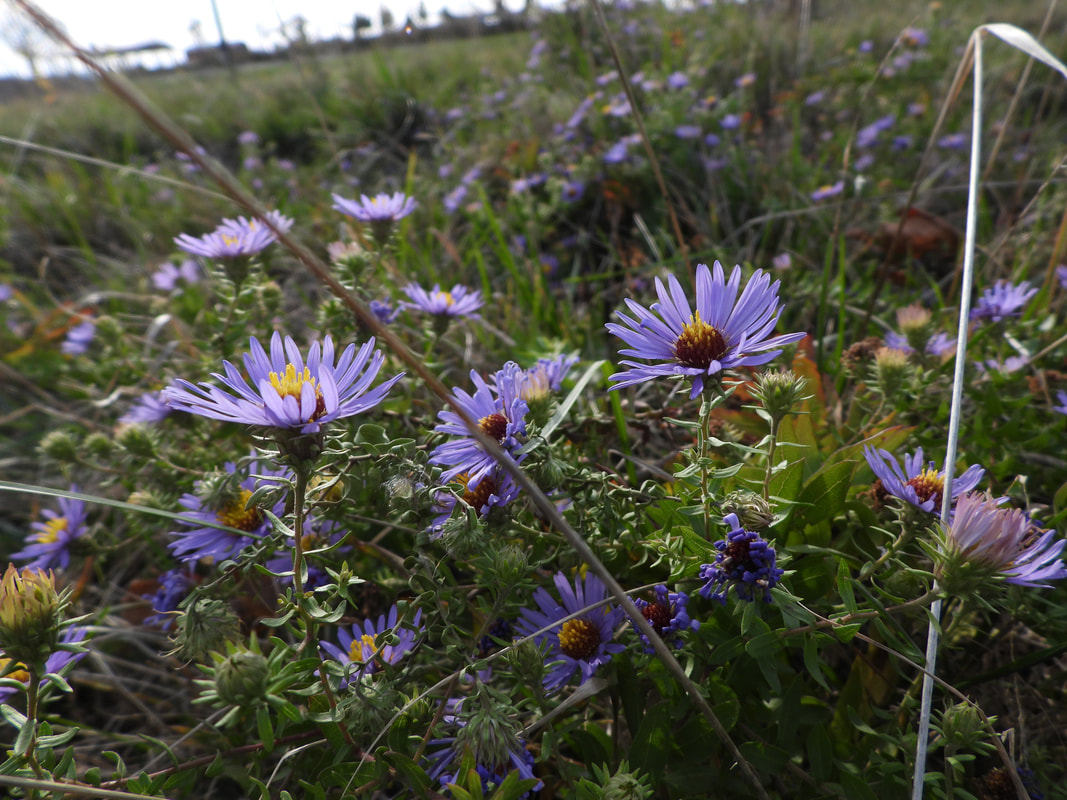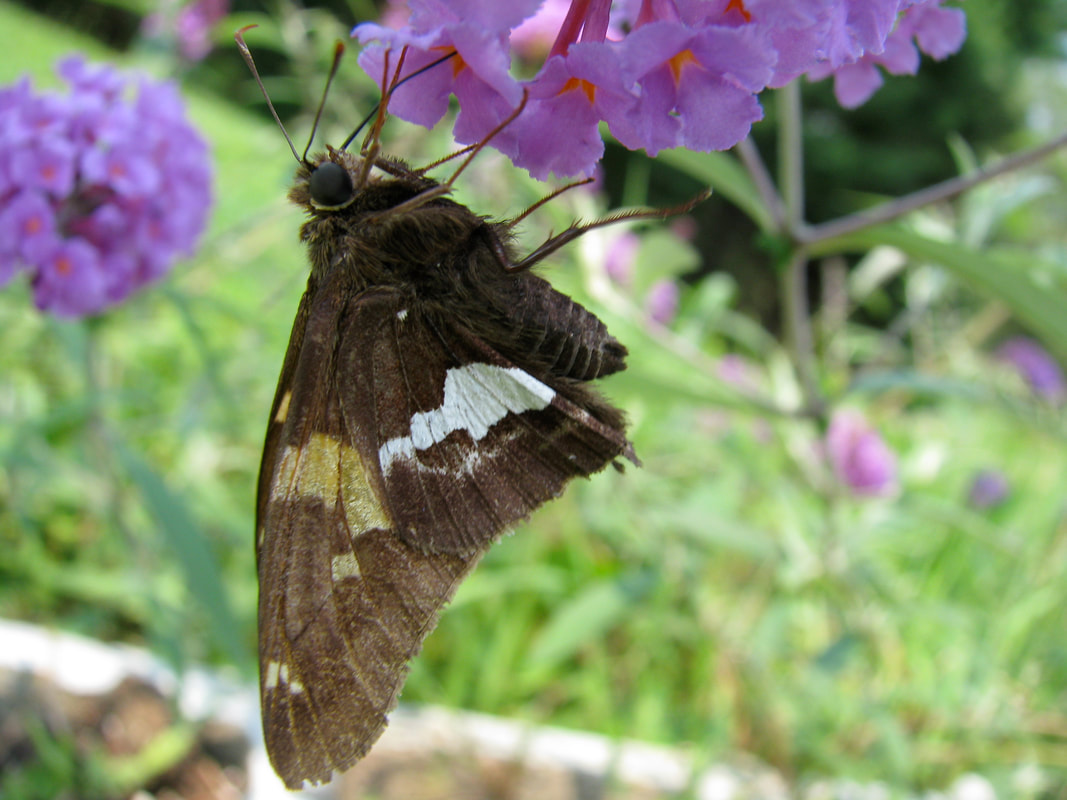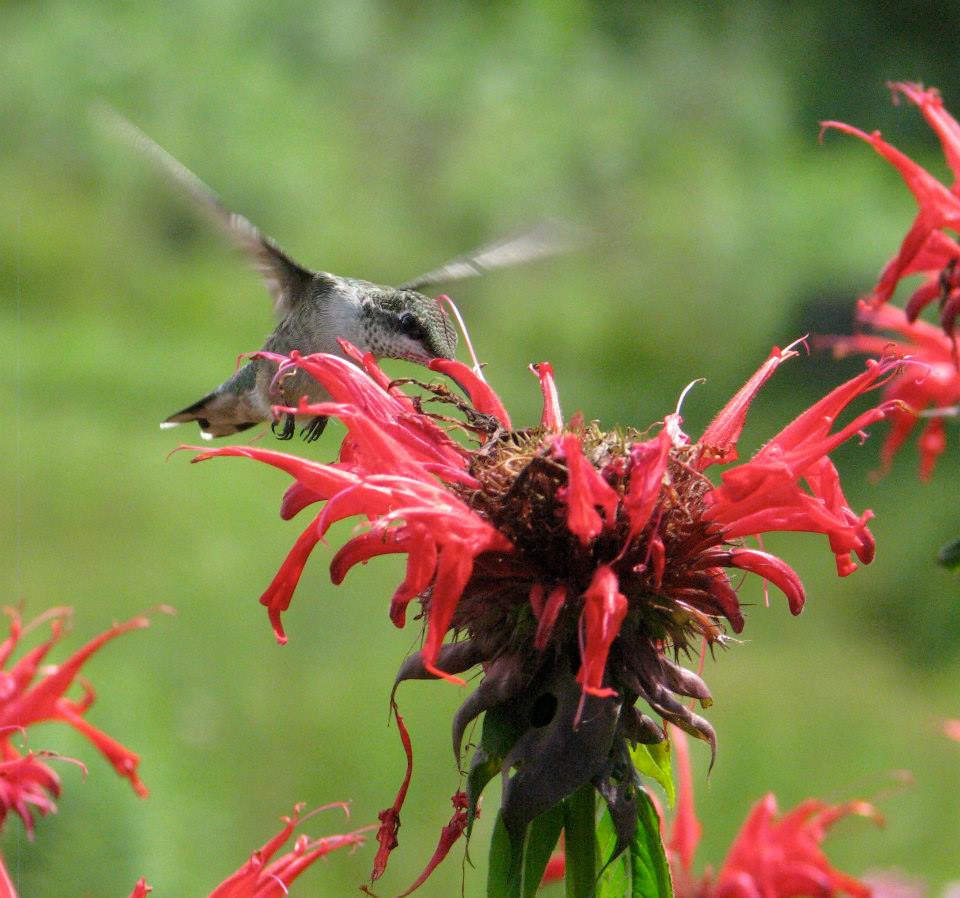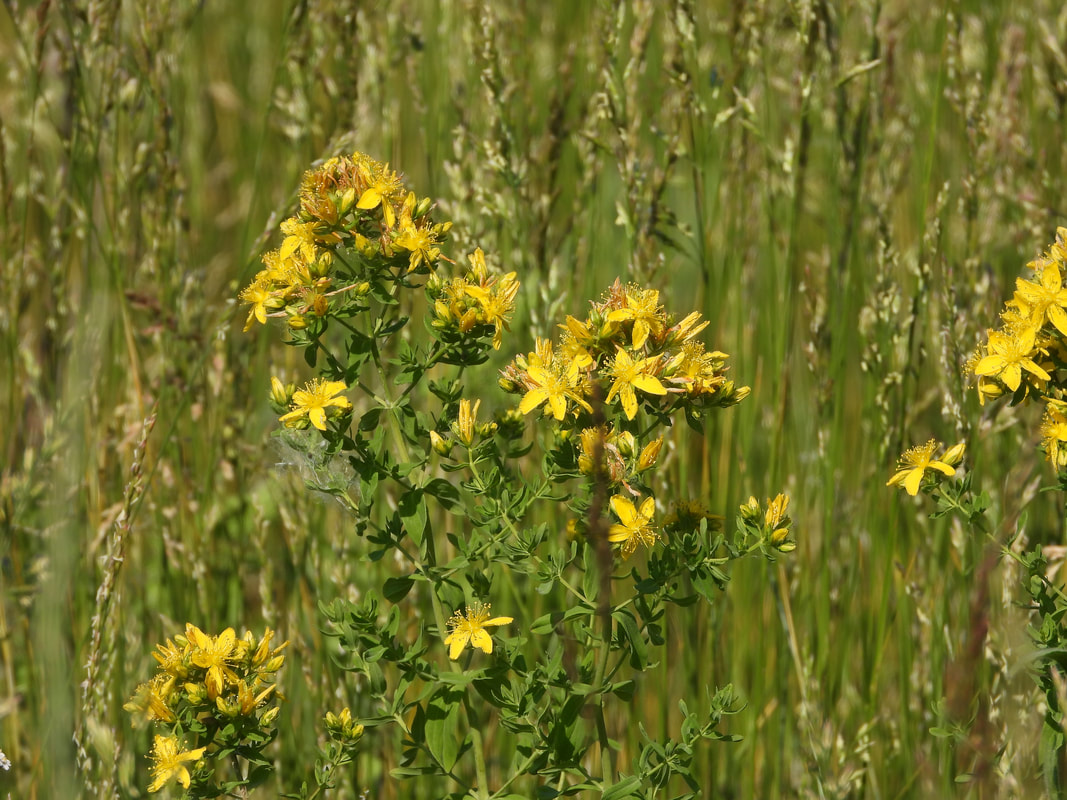West River Parkway Grand Island, New York
The West River Parkway Pollinator Conservation Area is located at the southern end of the Parkway near the service entrance to Beaver Island State Park. The Pollinator Conservation Association is developing the site in partnership with New York State Parks, Recreation, and Historic Preservation with funding through the Niagara River Greenway Commission and the Niagara Greenway Ecological Fund Standing Committee. The site is located in the Niagara River Globally Significant Important Bird Area and provides benefit to many birds. Contractor: Olson Design.
West River Parkway site, October 2022
Photos 2022
The purpose of the site is to provide strategic conservation opportunities for vanishing native pollinators. Species that will benefit from this project include the increasingly rare Monarch Butterfly, a variety of native butterfly and moth species, native non stinging bees, and associated species including birds and other native Grand Island wildlife.
The site has been built using thermodynamic compost to prevent invasive species. Native grasses and a wide variety of native plants are or will be planted on the site using seed, and plant plugs.
The site was begun in early 2021 and will take up to 3 years to fully establish. It is designed to be a regenerative habitat with low maintenance needs once it is established. The site is designed to be ecologically useful 12 months of the year. Pollinators will find foraging material, nest sites, and a variety of food sources here. Flowering plants of different species and with different blooming schedules should be visible from late March to November starting in the second year of establishment (2022). No chemicals including pesticides or herbicides are intended to be used on this site to better protect wildlife and human health. A central path will be constructed in order to allow strolling and observation opportunities. This path will be available in spring of 2022.
The site has been built using thermodynamic compost to prevent invasive species. Native grasses and a wide variety of native plants are or will be planted on the site using seed, and plant plugs.
The site was begun in early 2021 and will take up to 3 years to fully establish. It is designed to be a regenerative habitat with low maintenance needs once it is established. The site is designed to be ecologically useful 12 months of the year. Pollinators will find foraging material, nest sites, and a variety of food sources here. Flowering plants of different species and with different blooming schedules should be visible from late March to November starting in the second year of establishment (2022). No chemicals including pesticides or herbicides are intended to be used on this site to better protect wildlife and human health. A central path will be constructed in order to allow strolling and observation opportunities. This path will be available in spring of 2022.
|
Select Species of Native Plants Big Bluestem Fringed Brome Copper Shouldered Oval Sedge Blue Joint Grass Switch Grass Indian Grass Early Goldenrod Swamp Goldenrod New England Aster Ironweed Golden Alexanders Late Goldenrod Canada Goldenrod Mountain Mint great Blue Lobelia Wild Bergamot Smartweed Cardinal Flower Tall Sunflower, Joe Pyeweed Boneset Common Milkweed Swamp Milkweed Butterfly Weed |
Select Species of Native Pollinators Benefiting From this Site Installation
Monarch Butterfly Eastern Tiger Swallowtail Butterfly Eastern Tailed-blue Butterfly Spring Azure Butterfly Baltimore Checkerspot Butterfly Question Mark Butterfly American Painted Lady Butterfly White Admiral Butterfly Red Admiral Butterfly American Copper Butterfly Mourning Cloak Butterfly Silver Spotted Skipper Butterfly Common Sulfur Butterfly Eastern Black Swallowtail Butterfly Bird Species Purple Martin Eastern Bluebird Eastern Kingbird Barn Swallow Eastern Meadowlark Tree Swallow Ruby-throated Hummingbird Osprey Screech Owl Great Horned Owl Blue Jay Red-tailed Hawk Black-capped Chickadee Northern Cardinal up to 30 species of migrating spring and fall warblers |
Butterflies and Flowering Plants You Will See at This Site
